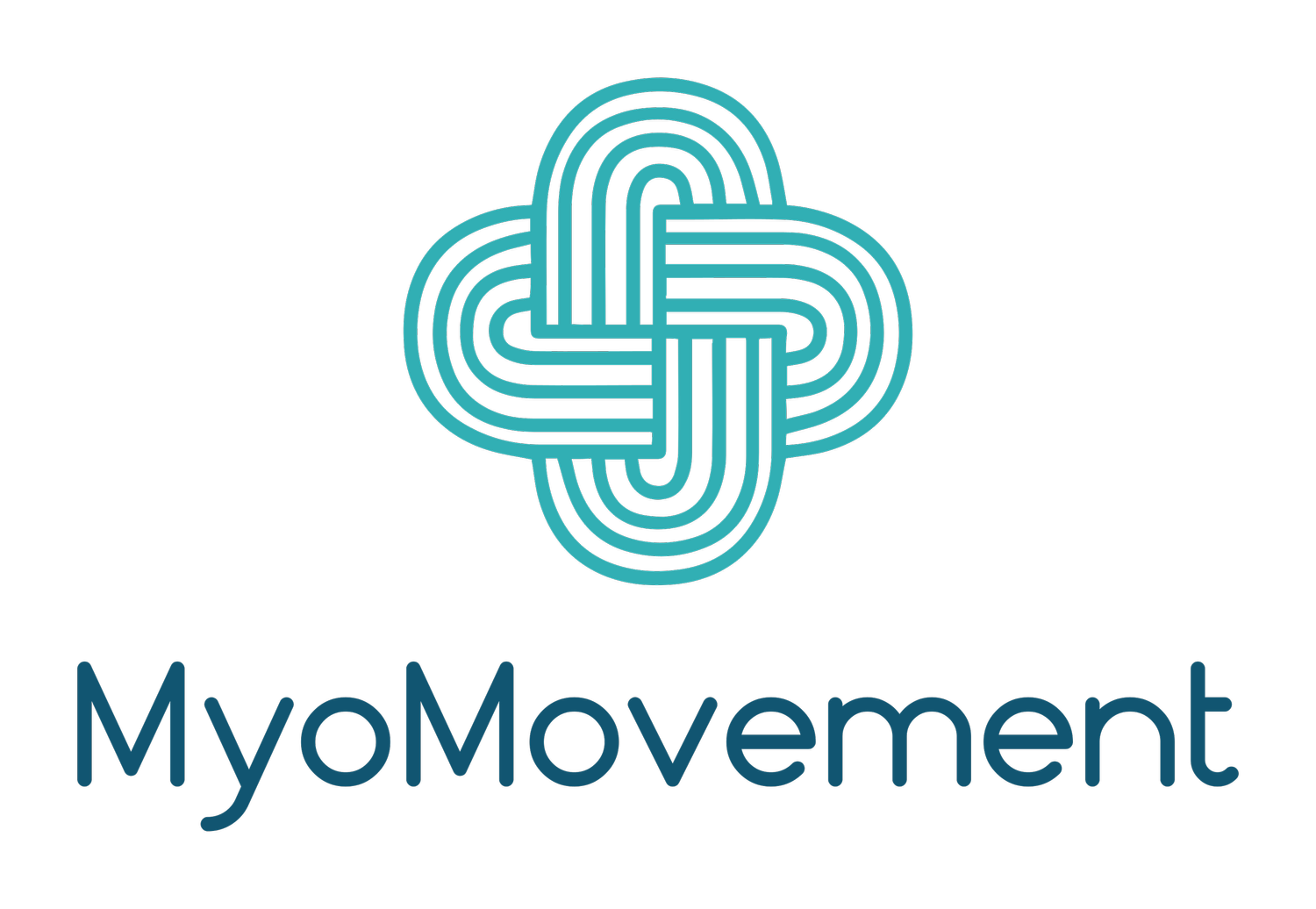Closing the Gap: Myofunctional Therapy for Open Bite Correction
An open bite is a dental condition where the upper and lower front teeth don't make contact when the mouth is closed. This misalignment can have various causes, including genetics, thumb-sucking, or tongue thrusting. While traditional orthodontic approaches are commonly employed to correct open bites, myofunctional therapy offers a holistic and targeted approach to address the underlying muscle-related issues. In this blog post, we'll explore the relationship between open bites and myofunctional therapy, shedding light on how this specialized therapy can play a pivotal role in achieving effective and lasting corrections.
Understanding Open Bites: Open bites can manifest in different forms, including anterior open bites (where the front teeth don't meet) or posterior open bites (where the back teeth don't touch). This condition not only affects the aesthetics of the smile but can also lead to functional issues such as difficulty biting and chewing.
The Role of Myofunctional Therapy: Myofunctional therapy focuses on correcting improper muscle function in the oral and facial area. For open bite correction, the therapy addresses underlying issues such as tongue posture, improper swallowing patterns, and oral habits that may contribute to the malocclusion. By retraining these muscles, myofunctional therapy aims to establish a more harmonious balance in the oral environment.
Tongue Posture and Open Bite Correction: Improper tongue posture, such as habitual thrusting or resting against the front teeth, can contribute to the development or persistence of an open bite. Myofunctional therapy includes exercises to promote correct tongue posture, ensuring that the tongue rests against the palate rather than exerting pressure on the front teeth.
Swallowing Patterns and Their Impact: Myofunctional therapists work to correct abnormal swallowing patterns that may exacerbate open bites. For example, individuals with a tongue thrusting swallow may experience challenges in closing the mouth fully. Myofunctional therapy addresses these patterns, promoting a more functional and balanced swallow.
Orthodontic Collaboration: Myofunctional therapy is often integrated into a comprehensive orthodontic treatment plan. Collaboration between myofunctional therapists and orthodontists ensures a synergistic approach to open bite correction, combining the benefits of both specialties for optimal results.
Preventing Relapse: Myofunctional therapy plays a crucial role in preventing relapse after open bite correction. By addressing the underlying muscle issues, the therapy contributes to the stability of orthodontic outcomes, reducing the likelihood of the open bite returning over time.
Patient Education and Empowerment: Myofunctional therapy goes beyond correction; it empowers individuals with the knowledge and exercises needed to maintain proper oral function. This patient education aspect fosters a sense of responsibility for their oral health, contributing to long-term success in open bite correction.
Myofunctional therapy offers a targeted and comprehensive approach to open bite correction, addressing not only the dental misalignment but also the underlying muscle-related issues. By retraining oral and facial muscles, myofunctional therapy plays a crucial role in achieving lasting results and preventing relapse. Embrace the transformative potential of myofunctional therapy on the journey to closing the gap and achieving a healthier, more functional smile.

